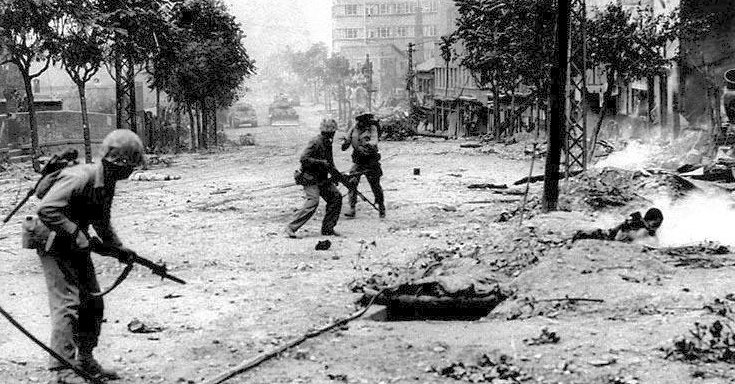Army Cpl. Wayne Minard, 19, of Furley, Kansas, was a member of Company C, 1st Battalion, 9th Infantry Regiment, 2nd Infantry Division. They were fighting Chinese troops in North Korea in late November of 1950. The enemy launched a heavy artillery and mortar attack on November 25, with Minard’s regiment located in a defensive position near the Congchon River. By the next day, the enemy attack had isolated his unit leading to the order for them to withdraw. Minard was listed as missing in action on November 26th.
His name never appeared on a POW list from either the Chinese or North Korean militaries. Two repatriated US soldiers reported that Minard had died on February 16, 1951, at Hofong Camp which was part of the Pukchin-Tarigol Camp Cluster. Due to this report, a military review board changed Minard’s status to deceased in 1951.
In April and May of 2005, a Joint Recovery Team engaged in the 37th Joint Field Activity in Unsan County in North Korea’s South Pyongan Province. The group went to a site that a local witness told them contained American remains.
The DPAA and Armed Forces DNA Identification Laboratory used mitochondrial DNA analysis. They were able to match two sisters to Minard’s remains using that method and then collaborate those results with dental and anthropological analysis. All the evidence pointed to the remains belonging to Minard, Defense POW/MIA Accounting Agency reported.
There are still 7,784 Americans that never returned from the Korean War. Today, using new technologies, many remains are being linked to missing soldiers that were previously not identified.
